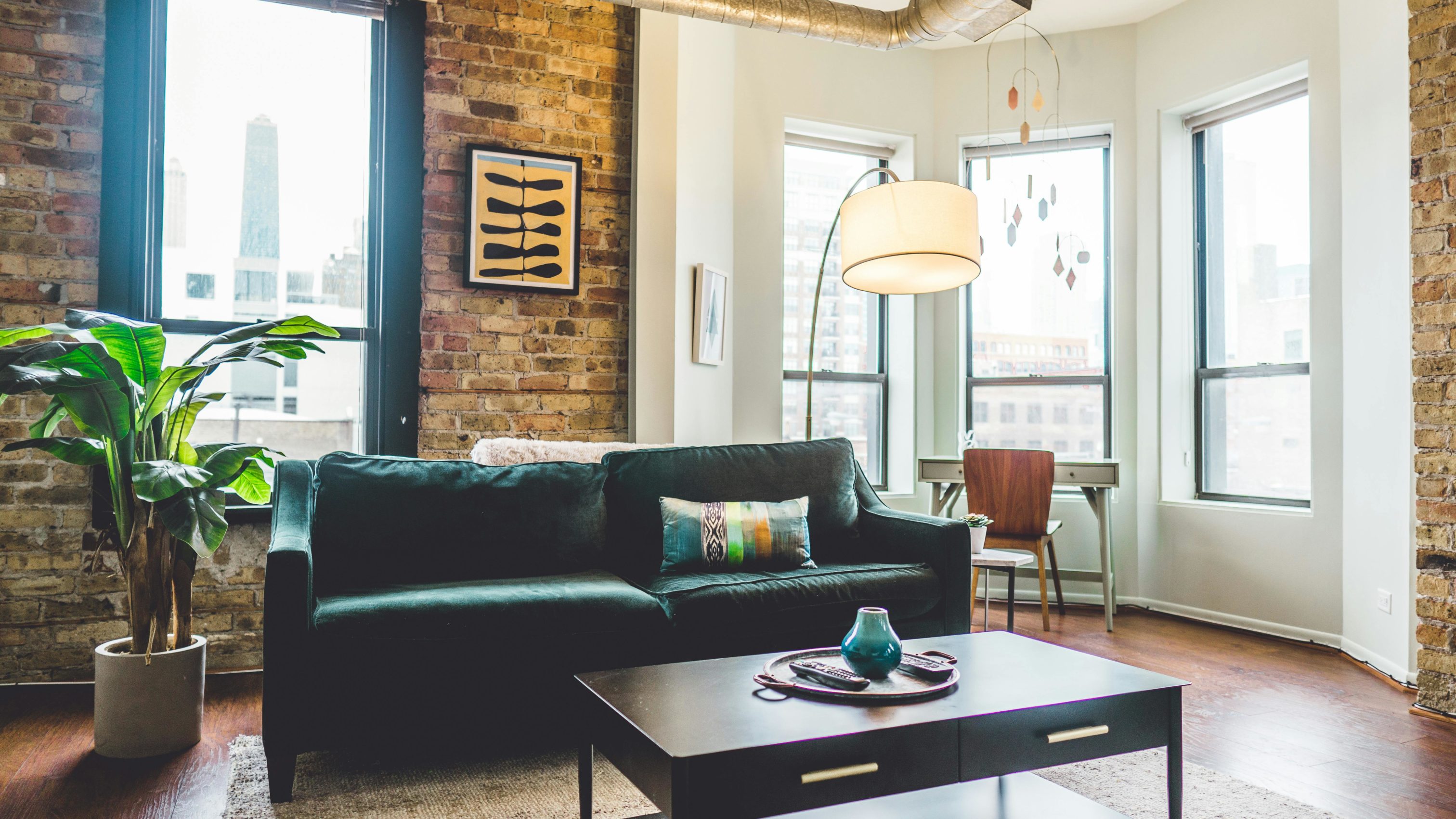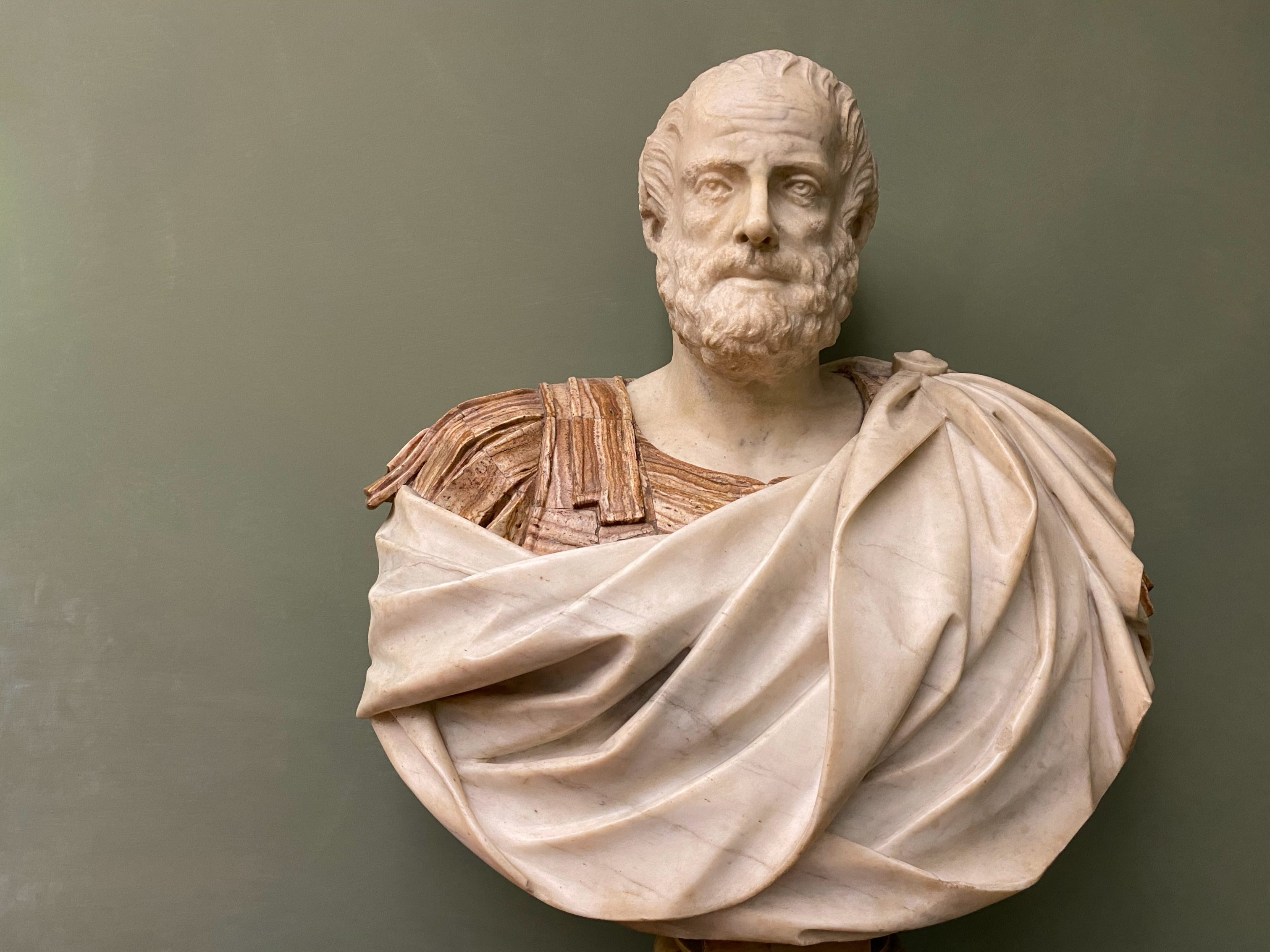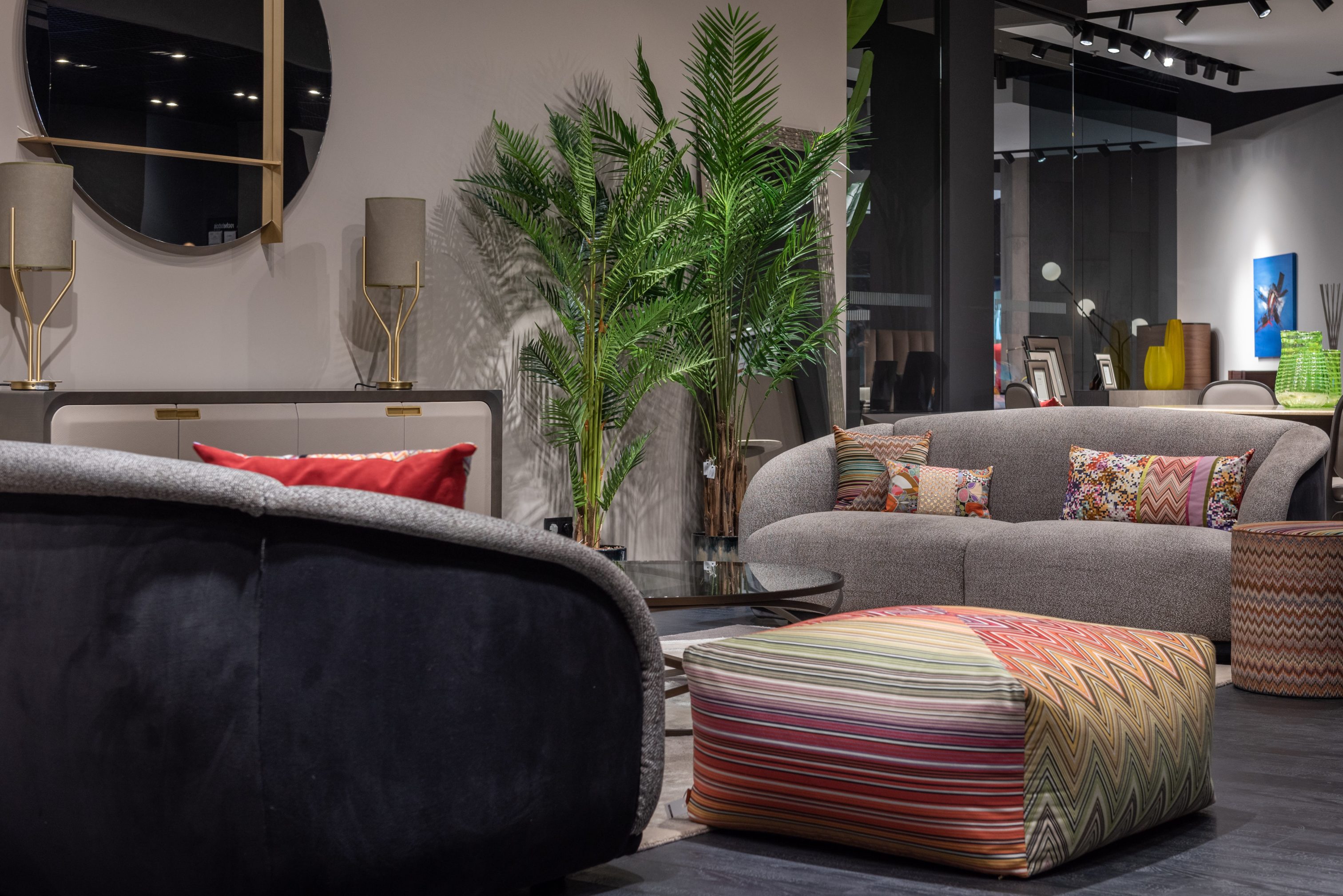Contemporary global art trends
In today’s globalised world, interior design offers a powerful way to reflect cultural diversity and inclusivity. Using artworks from different cultures isn’t just about decoration—it’s about telling stories, honouring traditions, and connecting the past with the present.
Modern spaces that feature diverse art celebrate cultural richness while remaining contemporary. Each piece adds depth, meaning, and character to a space. Whether you’re a designer, collector, or homeowner, embracing cultural variety in art can elevate your interiors and create meaningful experiences.
In this blog, we’ll cover how to include culturally diverse artworks in interior design thoughtfully. From understanding cultural significance and avoiding appropriation to sourcing authentic pieces and achieving design balance, this guide will help you integrate global art trends with respect and style.
The Importance of Cultural Significance in Contemporary Art
Understanding the cultural significance of any artwork is essential when weaving it into your design narrative. Every culture boasts unique symbols, motifs, and aesthetics shaped by history, tradition, and social evolution. These elements often carry deep meanings, which, if ignored, can lead to misinterpretation and even cultural insensitivity.
Appreciating the Context of Artworks
Before integrating a piece into your interior, it is critical to delve into the context in which it was created. For example, consider a traditional textile from a remote region of India or a contemporary painting that fuses traditional and modern elements from Latin America. The artistic style, colour schemes, and patterns often convey messages about community, spirituality, or resistance. Educating yourself about these factors enriches your understanding and enables you to create a setting that honours the piece’s heritage.


Contemporary Global Art Trends Meet Traditional Influences
Contemporary global art trends encourage a dialogue between modern aesthetics and traditional cultural expressions. Many current trends celebrate fusion art, where ancient techniques meet modern technology and design philosophies. By understanding these trends, designers can create trendy and respectful interiors, merging the old with the new to yield innovative yet authentic living spaces.
This mindful approach helps ensure your design does more than just fill a space with decor—it tells a story. For instance, a well-placed tapestry of Indigenous origin can speak volumes about community and identity when juxtaposed with sleek, minimalist furniture. The key is recognising that every element you introduce into the space is not just decorative but carries a historical narrative waiting to be acknowledged.
Cultural Appreciation vs. Cultural Appropriation
The delicate balance between cultural appreciation and appropriation is one of the most challenging aspects of incorporating diverse art. Although the two concepts are frequently conflated, they imply fundamentally different approaches to using cultural expressions.
What is Cultural Appreciation?
Cultural appreciation involves a genuine, respectful engagement with a culture’s art forms. When you appreciate a culture, you take the time to learn about its history, values, and symbolism. In design, this means selecting artworks with an informed perspective and often engaging with creators or cultural custodians for guidance. The goal is to honour the original context and significance of the art while celebrating its beauty in a contemporary setting.
Recognising the Pitfalls of Cultural Appropriation
Cultural appropriation, in contrast, occurs when cultural elements are used without proper context, often for purely aesthetic purposes, and without genuine respect for the originating culture. Such misuse can result in superficial designs that exploit cultural symbols, stripping them of their intended meaning and reducing a rich heritage to a mere trend. This often leads to criticism from communities whose culture is misrepresented and can negatively impact your design’s authenticity.
A practical approach is to treat each piece as a conversation starter—a bridge between different cultures rather than a token decoration element. Before finalising your choices, ask yourself: “Do I understand the significance behind this artwork? Am I representing this culture with integrity?” If the answer isn’t clear, further research or consultation with cultural experts might be necessary.
Authenticity and Ethical Sourcing
Ensuring authenticity is one of the most critical steps when incorporating culturally diverse artworks into your design. Authenticity means that the art is a genuine representation of the culture it originates from and is sourced ethically.
Sourcing Art Authentically
When you invest in a work of art, you are not just buying decor—you are purchasing a piece of cultural heritage. Authenticity can be assured by sourcing directly from artists or reputable galleries specialising in cultural art. This direct connection guarantees that the artwork has been produced according to its tradition and that the artists are rightfully recognised.
- Direct Purchases: Whenever possible, purchase directly from the artist. This not only ensures authenticity but also supports the creator.
- Certified Galleries: Look for galleries or vendors that provide certificates of authenticity or detailed provenance for each piece.
- Collaborative Sourcing: Engage with cultural institutions or local experts who can guide you to ethically sourced artworks.
Authenticity in the Era of Contemporary Trends
Contemporary global art trends are increasingly embracing a blend of authentic cultural expressions with modern interpretations. The art market now values works that respect tradition while being innovative. By staying informed about these trends, designers can identify emerging artists who connect strongly to their cultural heritage. These artists often bring fresh perspectives to traditional art forms, offering authentic and forward-thinking pieces.
The use of authentic artwork enhances the credibility of your design. It conveys that your design choices are rooted in respect, knowledge, and a desire to foster meaningful cross-cultural dialogue.

Achieving Balance and Cohesion in Interior Design
Incorporating culturally diverse artworks should elevate an interior’s overall aesthetic without overwhelming it. Achieving balance and cohesion is essential for ensuring the integrated art complements the existing design rather than creating visual chaos.

Key Elements of Cohesive Design
- Colour Palette: The colours in the artwork should resonate with the room’s overall palette. Consider how the hues of a vibrant mural or a traditional textile complement the wall paint, furniture, and accessories.
- Scale and Proportion: Match the artwork’s size to your space’s dimensions. A single oversized piece may serve as a focal point, whereas a collection of smaller pieces can create a harmoniously themed gallery wall.
- Spatial Arrangement: Thoughtfully arrange your artworks about one another and with other decor elements. This might involve creating clusters or arranging pieces symmetrically to achieve visual balance.
For example, incorporating a bold, culturally rich piece can add character to a modern minimalist interior. However, ensure that it does not distract from the minimalist theme. Instead, use it as an accent—a storytelling piece that invites exploration without overwhelming the space.
Practical Tips for Maintaining Cohesion
- Plan a Layout: Sketch out your arrangement before hanging art. Use digital design tools or even physical mock-ups to see how pieces might interact with your existing decor.
- Mix and Match Thoughtfully: Don’t shy away from mixing styles, but always ensure there is a connecting thread—a recurring colour, material, or motif.
- Test with Samples: Experiment with temporary hanging solutions to gauge the visual impact before making permanent decisions.
By emphasising balance and cohesion, your space can become an immersive experience that showcases the beauty of diversity while remaining visually unified.
Weaving Cultural Stories and Narratives
Art carries stories of people, traditions, struggles, and celebrations. These narratives can transform a space into a living, breathing testament to cultural heritage when incorporated into interior design.
Why Narratives Matter in Design
Narratives evoke emotion and create connections. A single artwork that tells a story can captivate the viewer and serve as a conversation starter. Whether it’s through the depiction of historical events or the use of traditional symbolism, art with a narrative enriches the space.
Methods to Highlight Cultural Narratives
- Gallery Walls: Create dedicated spaces for narrative art. Gallery walls allow you to display multiple pieces that tell a larger story together.
- Informational Plaques: Incorporate small plaques or cards that offer background on the artwork, providing context that deepens appreciation.
- Interactive Installations: Where possible, consider interactive displays or digital frames that cycle through details of the artwork’s history and significance.
Story-Centric Design: Let the narrative dictate the placement of art. For example, arrange pieces sequentially that unfold a story as one moves through the room.

Using these approaches, you can ensure that each artwork beautifies your space and engages and educates the viewer.
Respecting Sacred and Ritual Objects
Cultural diversity in art includes pieces that hold sacred or ritual significance. These items are often more than decorative artefacts—they carry profound spiritual or communal meaning.

Guidelines for Respectful Display
- Consult Experts: Before incorporating sacred objects, engage with cultural custodians or religious leaders who can advise on appropriate usage and display.
- Appropriate Placement: Some sacred objects demand a particular context or setting. For example, they might be better suited to a designated “quiet” area rather than a high-traffic living space.
- Educate Your Audience: Include a brief explanation of the cultural significance of these sacred items in your design narrative. This practice respects the object and educates viewers about its importance.
Ensuring that sacred objects are treated with the utmost respect is crucial. This sensitivity not only preserves the integrity of the artwork but also reinforces your commitment to an inclusive, culturally respectful design approach.
Flexibility and Adaptation in Design
Interior design is inherently dynamic. Personal styles evolve, tastes change, and trends come and go. When incorporating culturally diverse artworks into your spaces, it is essential to maintain flexibility and be open to adaptation.
Embracing Change While Preserving Heritage
- Modular Displays: To change art pieces with minimal fuss, use modular frames, clipboards, or easily adjustable display units.
- Timeless and Trendy Mix: Strike a balance by integrating timeless pieces that reflect current trends. This juxtaposition keeps your space vibrant and relevant.
- Regular Reassessment: Schedule periodic reviews of your design. Consider how new trends and personal changes might prompt you to update or rearrange your art. This practice ensures your design remains fresh yet respectful of its cultural roots.

Flexibility in design does not equate to compromising on quality. Instead, it is a strategy for ensuring that your space can evolve with you, accommodating new artistic expressions while remaining true to the core elements that define it.
Promoting Inclusivity and Representation
Inclusivity in design is more than a trend—it is a responsibility. By curating a collection of culturally diverse artworks, you can amplify voices and traditions that might otherwise remain underrepresented. This enriches your space and creates an environment where every visitor feels acknowledged.

Strategies to Enhance Inclusivity
- Diverse Art Collection: Purposefully seek artworks from a range of cultures. Ensure that the displayed art represents various traditions, histories, and perspectives.
- Collaborative Initiatives: Consider partnering with local cultural organisations or independent artists. Such collaborations enhance the authenticity of your collection and support emerging talent.
- Educational Outreach: Use your space as a platform for cultural education. Host events, workshops, or talks that explain the historical and cultural contexts behind the artworks. This approach transforms your interior design into a space of dialogue and learning.
Your design promotes inclusivity, creating a welcoming atmosphere that celebrates diversity in every form. It is a tangible way to show that art—and, by extension, culture—is for everyone.
Conclusion
Incorporating culturally diverse artworks into interior design is a powerful way to celebrate diversity, promote cultural understanding, and create visually stunning spaces. However, it requires careful consideration and a deep respect for the cultures and traditions represented. By understanding cultural significance, differentiating between appropriation and appreciation, and working with cultural experts, designers can create spaces that look beautiful and foster cultural inclusivity and gratitude. Ultimately, a well-designed space that incorporates culturally diverse artworks can be a source of inspiration and enlightenment for all who experience it.
Frequently Asked Questions (FAQs)
Cultural appreciation involves a genuine understanding and respect for a culture, learning about its traditions, symbolism, and history before incorporating its elements into your design. In contrast, cultural appropriation occurs when cultural elements are used superficially or without context. Always engage with cultural experts or source directly from the culture to ensure respectful representation.
Some current trends include blending traditional art forms with modern aesthetics, using sustainable and eco-friendly art, and creating fusion designs that combine various cultural motifs. These trends encourage a balanced approach that celebrates heritage while embracing modern design sensibilities.
Focus on purchasing directly from reputable artists, galleries, or cultural institutions. Look for certifications of authenticity and verify the artwork’s provenance. Engaging with cultural organisations or attending art fairs dedicated to diverse art can also help you find authentic pieces.
Sacred objects require sensitive handling. Always consult with cultural or religious experts regarding the proper treatment and display of such items. Ensure that these objects are placed in appropriate settings that honour their significance, and consider including an educational context to inform viewers about their cultural importance.
Absolutely. Flexibility is key in interior design. As trends evolve and your personal style changes, regularly update your art collection to reflect these shifts while respecting the cultural narratives behind the artwork. Modular display systems can make swapping pieces easier.

